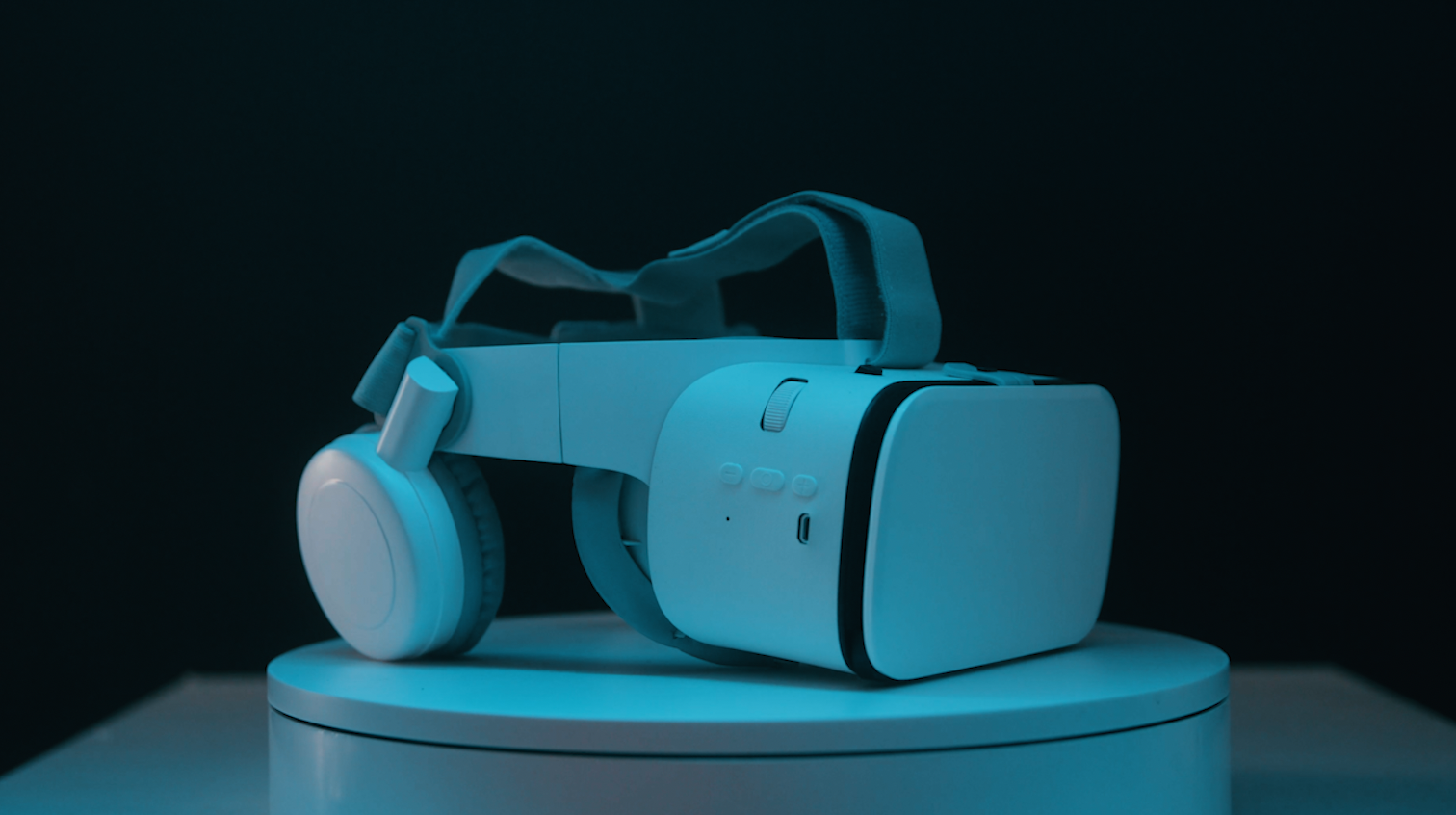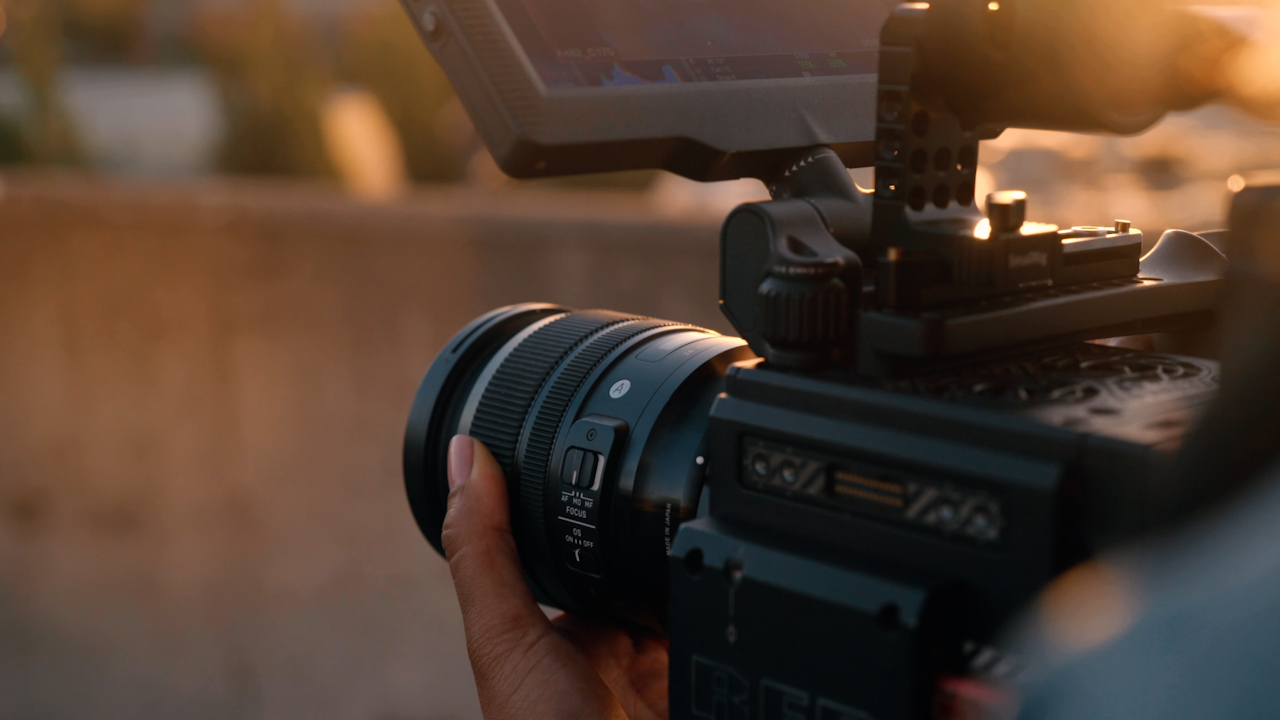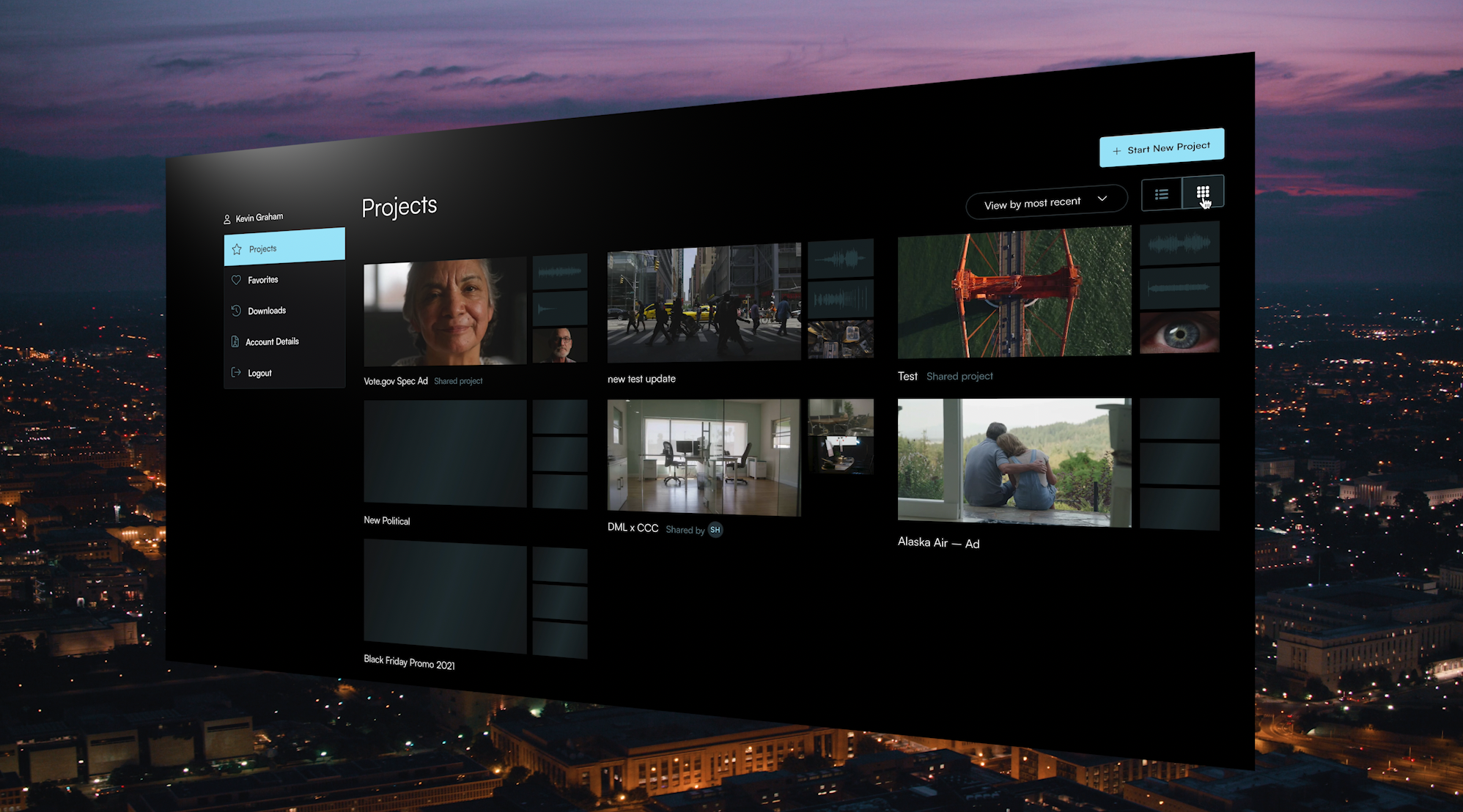
How To Maximize Your Efficiency As A Filmmaker
One of the most difficult parts of being a professional filmmaker is effectively managing and budgeting your time.
Continue Reading
Things move fast in the current video content production world, in terms of both trends and available technology.
But over the last several years, I’ve begun to notice an interesting paradigm: the growth in camera resolution capabilities is far outpacing the limits of what mainstream video distribution is capable of supporting.
Our computers and editing programs like Adobe Premiere can easily handle 8k timelines. And 8k and 12k video cameras are now accessible and offered by almost every major manufacturer (including mirrorless cameras, cinema cameras, and even DSLRs from Sony, Nikon, Canon EOS, Blackmagic, Red, Arri, Panasonic, and more).
But still, many traditional forms of content distribution are still struggling even to adapt to 4k (a resolution that basically every new smartphone can record at their highest resolution settings).
So when will full HD become the new SD? And if 4k ever fully takes hold, what’s in store for high-resolution 8k video content?


If you live in a major city, you may have access to internet speeds capable of reliably supporting 8k video (typically deployed as fiber networks). But the fact is, the majority of people in the US and Canada (and even more in Europe and the rest of the world) do not. With multiple devices connected to a network via Wifi, a 50Mbps connection can struggle to play standard 4k resolution, let alone 4k HDR, 4k UHD, 4k ultraHD or 8k.
And with more and more people consuming content on LTE and 5G data rather than home internet, the prospect of widespread internet speed capable of supporting 8k further diminishes, along with the incentive for broadcasters and subscription-based streamers like Apple, Amazon, Hulu and Netflix to invest in it.



Perhaps the most important part of consuming 8k content is having a screen capable of utilizing it in the first place. And in terms of demand for these products, the numbers don’t look good (yet).
According to a 2022 study, 8k televisions made up a mere 0.15% of all global TV shipments. That’s around 350,000 units for our planet. Samsung (which accounts for over 65% of all 8k TV shipments) shipped 18% fewer 8k TVs than in 2021, with virtually no 8K QLED or OLED TVs going to Japan, a traditionally strong market for new full-frame video technology
These sorts of dismal consumer numbers create a negative spiral for the prospects of an 8k ecosystem: content creators don’t invest in producing 8k material because they don’t see a demand for it, resulting in consumers not buying 8k devices because there is so little 8k content available in the first place, and so on and so forth.
In order for 8k to be the next big thing, these numbers would have to be exponentially higher.
Using these figures, according to the same study, an expected 2.7 million households worldwide will have an 8k television by 2027. Which, on a global scale, is simply not enough uptake to make 8k technology “commercially interesting”, according to the study.

Will 8k eventually become the new standard, or forever remain on the fringes of content consumption and get overtaken by VR and other immersive content technology?
If I had to make a prediction, I’d say that mainstream 8k consumption is still a long way away, perhaps even another decade. But it will eventually take hold.
It’s already taken 4k TVs over a decade to gain a foothold in the universe of digital content, the vast majority of people worldwide have no access to 8k viewing devices, internet speeds aren’t able to consistently handle 8k material, and content creators aren’t making it in the first place.
While all of these things don’t bode well for a timely evolution in the way we view pixels, I do think that it will happen eventually, because I think the digital world is only going to grow and encapsulate more aspects of our daily lives, and demand for new high-quality tech will grow with it.
The last few years have seen the ways in which the average person uses digital communication grow substantially (how many Zoom meetings or virtual appointments had you had before 2020?), and as screen time increases, the virtual landscape will expand.
So if you want to future-proof important projects by shooting in 8k, there’s nothing wrong with that.
But the bottom line is that today, in 2023, you’re not missing out if you’re not editing and delivering video content in 8k.
Kevin Graham is the Creative Director at Filmpac.

One of the most difficult parts of being a professional filmmaker is effectively managing and budgeting your time.
Continue Reading
Virtual reality could be the biggest shift in the way we consume our content since the proliferation of the smartphone.
Continue Reading
Will iPhone cameras ever actually replace high-quality digital cameras, or is that just more fear-mongering on the internet?
Continue Reading
In the world of filmmaking, artificial intelligence (AI) has emerged as a game-changer. Here are the 5 best AI tools for filmmakers
Continue Reading
Filmpac’s newly-designed Project Feature is a powerful tool for collaborative video editing. Here’s a quick rundown of how it works.
Continue Reading

One of the most difficult parts of being a professional filmmaker is effectively managing and budgeting your time.
Continue Reading
Want to make money selling footage through a major stock footage platform like Filmpac? This page will walk you through the processs.
Continue Reading